Electronic ballasts for fluorescent lamps: what it is, how it works, wiring diagrams for lamps with electronic ballasts
You are interested in why you need an electronic electronic ballast module for fluorescent lamps and how should it be connected? The correct installation of energy-saving fixtures will extend their service life many times, right? But you do not know how to connect the electronic ballasts and whether to do this?
We will tell you about the purpose of the electronic module and its connection - the article discusses the design features of this device, due to which the so-called starter voltage is formed, and the optimal operating mode of the lamps is also supported.
Schematic diagrams of connecting fluorescent bulbs using an electronic ballast, as well as video recommendations for the use of such devices are given. Which are an integral part of the scheme of gas discharge lamps, despite the fact that the design of such light sources can vary significantly.
The content of the article:
Control Module Designs
Industrial and domestic structures fluorescent light bulbsare usually equipped with electronic ballasts. The abbreviation is read quite intelligibly - an electronic ballast.
Old-type electromagnetic device
Considering the design of this device from a series of electromagnetic classics, we can immediately note a clear drawback - the bulkiness of the module.
True, the designers have always sought to minimize the overall dimensions of the EMPR. To some extent, this was possible, judging by modern modifications already in the form of electronic ballasts.

The bulkiness of the electromagnetic structure is due to the introduction of a large-sized inductor into the circuit - an indispensable element designed to smooth out the mains voltage and act as a ballast.
In addition to the throttle, the EMPRA circuit includes starters (one or two). The obvious dependence of the quality of their work and the durability of the lamp, because a starter defect causes a false start, which means overcurrent on the filament.
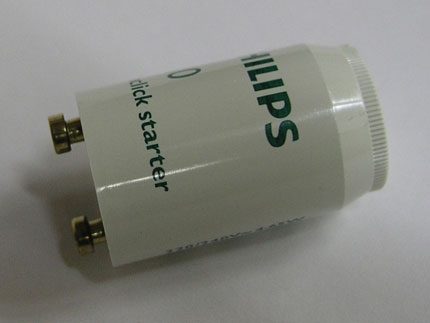
Along with the unreliability of the starter start, fluorescent lamps suffer from the gating effect. It manifests itself in the form of flicker with a certain frequency close to 50 Hz.
Finally, the ballasts provide significant energy losses, that is, in general, reduces the efficiency of fluorescent lamps.
Design improvement to electronic ballasts
Since the 1990s, fluorescent lamp circuits have increasingly begun to complement the advanced design of the ballast module.
The basis of the upgraded module was semiconductor electronic elements. Accordingly, the dimensions of the device have decreased, and the quality of work is noted at a higher level.
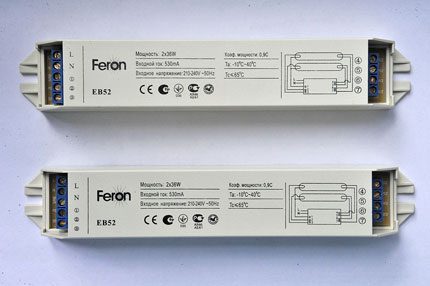
The introduction of semiconductor electronic ballasts led to the almost complete elimination of the shortcomings that were present in the circuits of obsolete devices.
Electronic modules show high-quality stable operation and increase the durability of fluorescent lamps.
Higher efficiency, smooth brightness control, increased power factor - all these are the primary indicators of the new electronic ballasts.
What does the device consist of?
The main components of the electronic module circuit are:
- rectifier device;
- electromagnetic radiation filter;
- power factor corrector;
- voltage smoothing filter;
- inverter circuit;
- throttle element.
Circuit construction provides one of two variations - bridge or half-bridge. Structures that use a bridge circuit, as a rule, support the work with high power lamps.
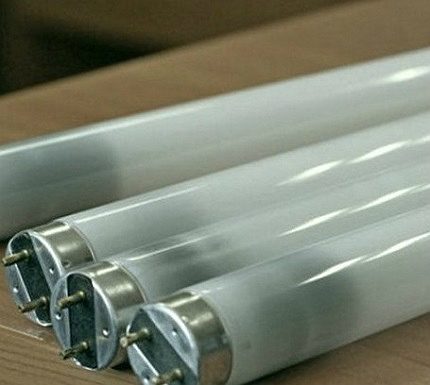
Meanwhile, mainly in the composition of fluorescent lamps, modules are built based on a half-bridge circuit.
Such devices are more common on the market compared to bridge devices, because for traditional applications, fixtures with a power of up to 50 watts are enough.
Features of the device
Conditionally, the functioning of electronics can be divided into three working stages. First of all, the function of preheating the filament is turned on, which is an important point in terms of the durability of gas light devices.
Especially necessary, this function is seen in low-temperature environments.
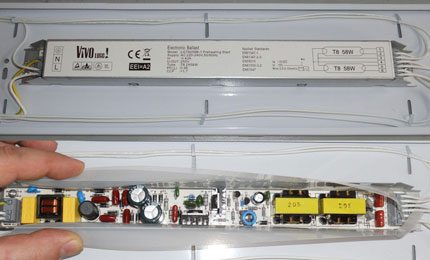
Then, the module circuit starts the function of generating a high-voltage impedance pulse - a voltage level of about 1.5 kV.
The presence of a voltage of this magnitude between the electrodes is inevitably accompanied by a breakdown of the gas medium of the fluorescent lamp balloon — ignition of the lamp.
Finally, the third stage of the module circuit is connected, the main function of which is to create a stabilized gas burning voltage inside the cylinder.
The voltage level in this case is relatively low, which ensures low energy consumption.
Schematic diagram of the ballast
As already noted, a frequently used design is an electronic ballast module assembled in a push-pull half-bridge circuit.
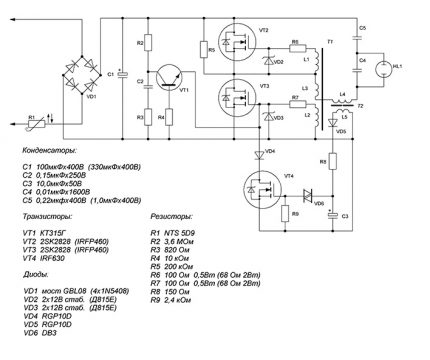
Such a scheme works in the following sequence:
- Mains voltage of 220V is supplied to the diode bridge and filter.
- A constant voltage of 300-310V is formed at the output of the filter.
- The inverter module ramps up the voltage frequency.
- From the inverter, the voltage passes to a balanced transformer.
- On the transformer due to the control keys, the necessary working potential for the fluorescent lamp is formed.
The control keys installed in the circuit of two sections of the primary and secondary windings regulate the required power.
Therefore, on the secondary winding, its potential is formed for each stage of the lamp operation. For example, when heating the filament one, in the current mode of operation the other.
Consider a schematic diagram of a half-bridge electronic ballast for lamps up to 30 watts. Here, the mains voltage is rectified by an assembly of four diodes.
The rectified voltage from the diode bridge hits the capacitor, where it is smoothed in amplitude, filtered from harmonics.
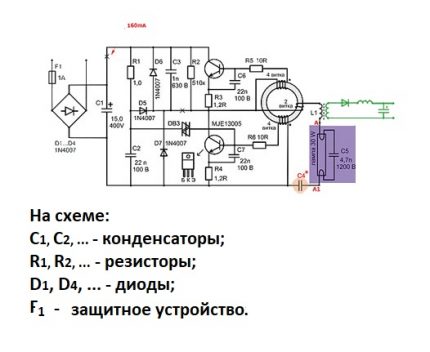
Then, through the inverting part of the circuit, assembled on two key transistors (half-bridge), the voltage received from the network with a frequency of 50 Hz is converted into a potential with a higher frequency - from 20 kHz.
It is already fed to the terminals of the fluorescent lamp to ensure the operating mode.
Approximately the same principle applies bridge circuit. The only difference is that it uses not two inverters, but four key transistors. Accordingly, the scheme is somewhat complicated, additional elements are added.
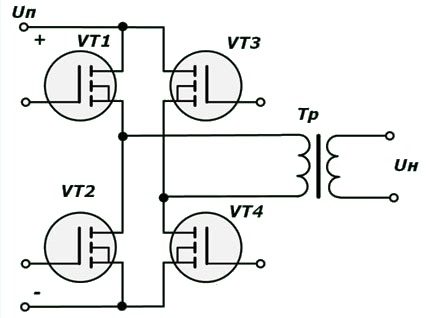
Meanwhile, it is the bridge assembly option that provides the connection of a large number of lamps (more than two) on one ballast. As a rule, devices assembled according to the bridge circuit are designed for load power from 100 W and higher.
Options for connecting fluorescent lamps
Depending on the circuit solutions used in the design of ballasts, the connection options can be very different.
If one model of the device supports, for example, connecting one lamp, another model can support the simultaneous operation of four lamps.
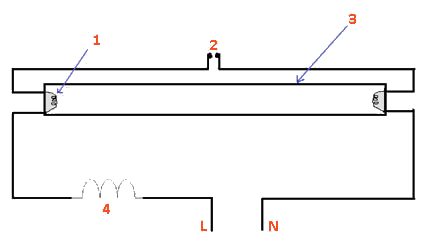
The simplest connection is the option with an electromagnetic device, where the main elements of the circuit are only throttle and starter.
Here, from the network interface, the phase line is connected to one of the two terminals of the inductor, and the neutral wire is connected to one terminal of the fluorescent lamp.
The phase smoothed on the inductor is diverted from its second terminal and connected to the second (opposite) terminal.
The remaining two more lamp terminals are connected to the starter socket. This, in fact, is the whole circuit that was used everywhere before the appearance of electronic semiconductor electronic ballasts.
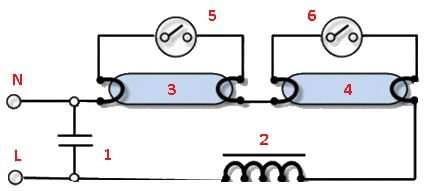
Based on the same schematic, a solution is implemented with the connection of two fluorescent lamps, one inductor and two starters. True, in this case, it is required to select a power reactor based on the total power of gas fixtures.
The throttle circuit variant can be modified in order to eliminate the gating defect. It quite often occurs precisely on lamps with electromagnetic electronic ballasts.
The refinement is accompanied by the addition of a circuit with a diode bridge, which is turned on after the throttle.
Connection to electronic modules
The options for connecting fluorescent lamps on electronic modules are slightly different. Each electronic ballast has input terminals for supplying mains voltage and output terminals for load.
Depending on the electronic ballast configuration, one or more lamps are connected. As a rule, on the device case of any power, designed to connect an appropriate number of fixtures, there is a circuit diagram for switching on.
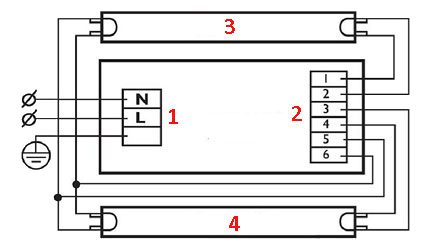
The diagram above, for example, provides power for a maximum of two fluorescent lamps, since the model uses a double-lamp ballast model.
Two interfaces of the device are designed as follows: one for connecting the mains voltage and ground wire, the second for connecting lamps. This option is also from a series of simple solutions.
A similar device, but designed for operation with four lamps, is characterized by the presence of an increased number of terminals on the load connection interface. The network interface and the ground connection line remain unchanged.
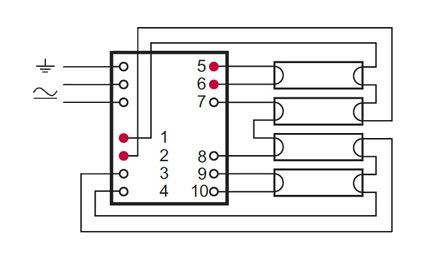
However, along with simple devices - one-, two-, four-lamp - there are ballast designs, the schematic of which involves the use of the function to adjust the glow of fluorescent lamps with.
These are the so-called controlled models of regulators. We recommend that you familiarize yourself with the principle of operation. power regulator lighting fixtures.
What is the difference between such devices from the devices already considered? In addition to the mains and the load, they are equipped with an interface for connecting a control voltage, the level of which is usually 1-10 volts DC.
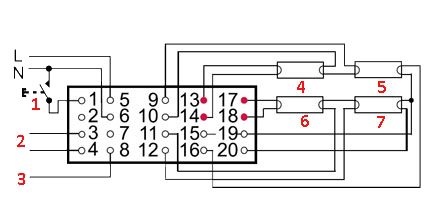
Thus, the variety of configurations of electronic ballasts makes it possible to organize lighting systems at various levels. This refers not only to the level of power and area coverage, but also to the level of control.
Conclusions and useful video on the topic
The video material, based on the practice of an electrician, tells and shows which of the two devices should be recognized by the end user as better and more practical.
This story once again confirms that simple solutions look reliable and durable:
Meanwhile, electronic ballasts continue to improve. New models of such devices periodically appear on the market. Electronic designs are also not without drawbacks, but in comparison with electromagnetic options, they clearly show the best technical and operational qualities.
Do you understand the issues of the principle of operation and wiring diagrams of electronic ballasts and want to supplement the above material with personal observations? Or want to share useful recommendations on the nuances of repairing, replacing, or choosing a ballast? Please write your comments on this entry in the block below.

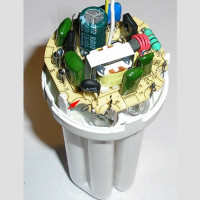 Inductor for fluorescent lamps: device, purpose + circuit for connecting
Inductor for fluorescent lamps: device, purpose + circuit for connecting  Ballast for fluorescent lamps: why is it needed, how it works, types + how to choose
Ballast for fluorescent lamps: why is it needed, how it works, types + how to choose 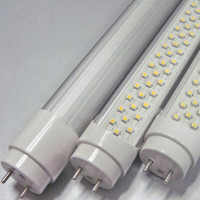 Replacing fluorescent lamps with LEDs: the reasons for the replacement, which are better, replacement instructions
Replacing fluorescent lamps with LEDs: the reasons for the replacement, which are better, replacement instructions 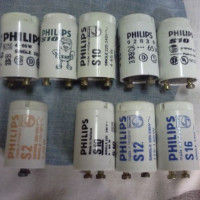 Starter for fluorescent lamps: device, principle of operation, marking + subtleties of choice
Starter for fluorescent lamps: device, principle of operation, marking + subtleties of choice 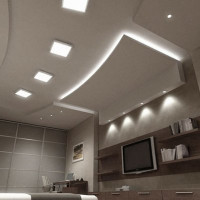 Bulbs for suspended ceilings: rules for the selection and connection + layout of lamps on the ceiling
Bulbs for suspended ceilings: rules for the selection and connection + layout of lamps on the ceiling 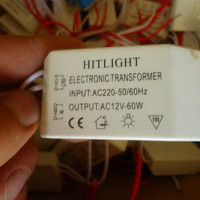 Transformer for halogen lamps: why is it needed, the principle of operation and connection rules
Transformer for halogen lamps: why is it needed, the principle of operation and connection rules  How much does it cost to connect gas to a private house: the price of organizing gas supply
How much does it cost to connect gas to a private house: the price of organizing gas supply  The best washing machines with dryer: model rating and customer tips
The best washing machines with dryer: model rating and customer tips  What is the color temperature of light and the nuances of choosing the temperature of the lamps to suit your needs
What is the color temperature of light and the nuances of choosing the temperature of the lamps to suit your needs  Replacement of a geyser in an apartment: replacement paperwork + basic norms and requirements
Replacement of a geyser in an apartment: replacement paperwork + basic norms and requirements